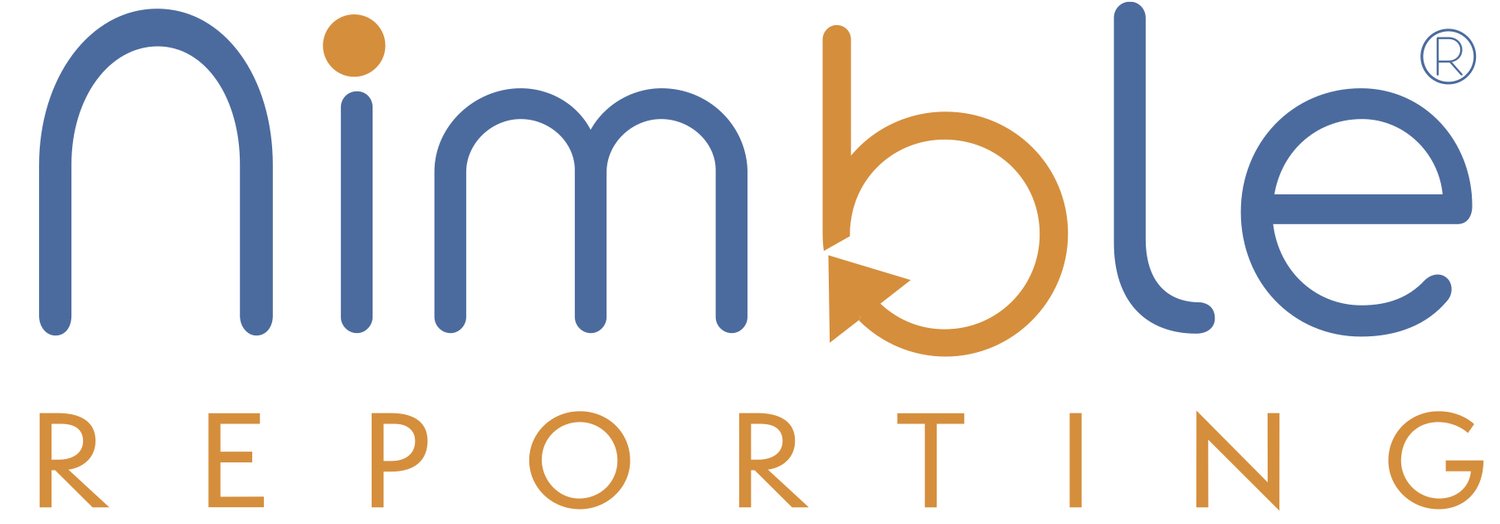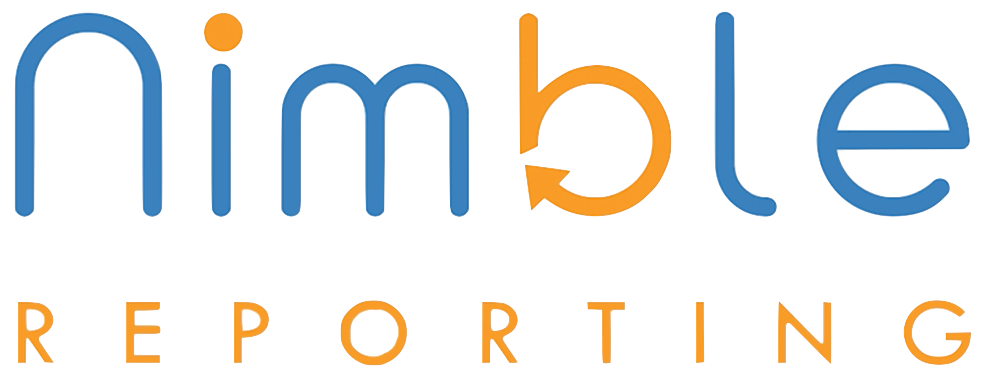Payroll Tax Rates and Benefits Plan Limits for 2023
Can’t believe another year has past. And another year of changing tax laws and benefits limits to learn. I wonder if the IRS plans this on purpose… to change everything year-to-year just to keep everyone on their toes. I can tell you accountants aren’t happy because they have to change their software and thinking and heaven forbid they miss something. Well, here’s a complete list of the changes. Enjoy!
FROM WORKEST BY ZENEFITS / BY GRACE FERGUSON
Here's what you need to know:
A new year is fast approaching, which means fresh compliance rules are on the horizon for employers
As usual, these requirements include changes to payroll tax rates and employee benefits plan limits
What makes 2023 particularly critical is the myriad of increases slated to happen at the federal level
The vast majority of benefits have higher limits for 2023
Each payroll tax and employee benefit type comes with penalties for noncompliance
If you’re running payroll manually, now is the time to stop and switch to an automated, integrated solution
A new year is fast approaching, which means fresh compliance rules are on the horizon for employers. As usual, these requirements include changes to payroll tax rates and employee benefits plan limits. However, what makes 2023 particularly critical is the myriad of increases slated to happen at the federal level.
You’ve probably heard that the Social Security tax wage base is rising, to its highest level yet. That bit of news has been getting lots of media attention, overshadowing the many increases in store for employee benefits plans. In fact, the vast majority of benefits have higher limits for 2023.
Below are federal payroll tax rates and benefits plan limits for 2023. We also offer 2022 data, so that you can compare it with 2023.
What are the federal payroll tax rates for 2023?
For 2023, the Social Security wage base increased nearly 9% from 2022.
Kiplinger.com says, “Over the past five years, the wage base has gone up an average of $3,960 per year. But the wage base is going from $147,000 in 2022 to $160,200 in 2023. That’s a year-over-year increase of $13,200 – the largest ever (just under a 9% increase) by a wide margin.”
For 2023, the maximum Social Security tax per employee is $9,932.40 ($160,200 x 6.2%). This maximum applies to employers, as well.
Self-employed individuals must pay the entire 12.4% in Social Security tax, up to the annual wage base of $160,200.
The Additional Medicare tax rate remains at 0.9% for employee wages over $200,000.
Self-employed individuals must pay the entire Medicare tax of 2.9% on their earnings for 2023. Those who earn over $200,000 must also pay Additional Medicare tax of 0.9%
Federal income tax
The federal income tax brackets will increase.
To adjust for inflation, the IRS raised the income threshold of all 7 federal income tax brackets for 2023. The IRS also increased the standard deductions for 2023.
It’s important to note that the federal income tax rates are not changing. For 2023, the federal income tax rates will remain at:
10%
12%
22%
24%
32%
35%
37%
What’s changing are the tax brackets, which represent the amount of earnings subject to the respective federal income tax rate. According to 1 report, the tax bracket increases will result in higher paychecks for many employees by taxing more of their wages at lower rates.
For illustrative purposes, here are the federal income tax rates and brackets for Single tax filers in 2023, compared to 2022.
Keep in mind, this illustration covers only Single tax filing status. It does not include the 2023 tax brackets for Married Filing Jointly or Married Filing Separately.
Employees can use the IRS Tax Withholding Estimator to help ensure accurate federal income tax withholding from their paychecks in 2023. If applicable, they should fill out and give you a new Form W-4 to reflect the desired changes to their 2023 withholding amount.
Employers can obtain more information (on 2023 federal payroll taxes) in IRS Circular E, Employer’s Tax Guide. The 2023 Circular E will be available to employers by the beginning of that year.
What are the employee benefits plan limits for 2023?
401(k) plans
The contribution limit for SIMPLE 401(k) is increasing from $14,000 in 2022 to $15,500 in 2023.
For more information on 2023 retirement plan changes, you may read IRS Notice 2022-55.
For a year-over-year breakdown of retirement plan changes, see Plansponsor’s Maximum Benefit/Contribution Limits for 2013-2023.
Don’t go it alone: Let payroll technology help you
As demonstrated, many changes will occur for payroll taxes and employee benefits in 2023. Employers can expect increases to the following:
Social Security tax wage base limit
Federal income tax brackets
401(k) plan limits
HSA limits
HDHP limits
Health FSA limits
Transit and parking limits
QSEHRA limits
Adoption assistance excludable amount limit
If you’re running payroll manually, now is the time to stop and switch to an automated, integrated solution. Administering all of the above-mentioned changes manually will almost certainly result in errors — and payroll software is the best way to avoid this.
Note, as well, that each payroll tax and employee benefit type comes with penalties for noncompliance.
A well-built integrated HR/payroll solution will have the correct payroll tax rates and benefits plan limits embedded for 2023. This saves you from having to manually administer each one yourself. The solution will also calculate employees’ gross-to-net wages and assist with payroll tax filing based on the 2023 information.
Generally, it’s best practice to process payroll and benefits via modern, integrated software instead of outdated systems or manually. If you’re already using payroll software, your technology provider should update your payroll solution to reflect the new tax changes and benefits limits for 2023.
GENERALLY, IT’S BEST PRACTICE TO PROCESS PAYROLL AND BENEFITS VIA MODERN, INTEGRATED SOFTWARE INSTEAD OF OUTDATED SYSTEMS OR MANUALLY.
It’s important to remember that this article includes only federal rates and changes. It does not address state or local payroll tax changes. Typically, employers can obtain changes in state or local payroll taxes on the administering state or local agency’s website.
That said, payroll software can help here, as well, by making sure your solution has the correct state and local payroll tax rates for 2023.







